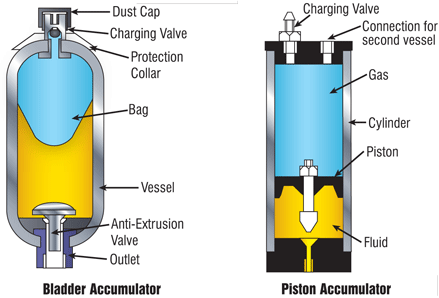And here it is:
The fuel flow must be measured in the fuel tank (which is obviously non pressurized) and it will be controlled by telemetry. The flow of fuel to all single direct injectors will also be controlled and presumably be integrated for further control purposes. Accumulation is prohibited by paragraph 5.10.6 which makes any increase in flow rate beyond the in tank measurement illegal. Or rather if you use accumulation the competitor must make sure that the legal fuel flow is not exceeded. I assume that the FiA will have a rather close look at the integrated data to see if they match the tank fuel flow. It should be obvious if a competitor cheats with accumulated injector pulsing.5.10 Fuel systems :
5.10.1 The pressure of the fuel supplied to the injectors may not exceed 500bar.
5.10.2 There may only be one direct injector per cylinder and no injectors are permitted upstream of the intake valves or downstream of the exhaust valves.
5.10.3 Homologated sensors must be fitted which directly measure the pressure, the temperature and the flow of the fuel supplied to the injectors, these signals must be supplied to the FIA data logger.
5.10.5 Only one homologated FIA fuel flow sensor may be fitted to the car which must be placed wholly within the fuel tank.
5.10.6 Any device, system or procedure the purpose and/or effect of which is to increase the flow rate after the measurement point is prohibited.





